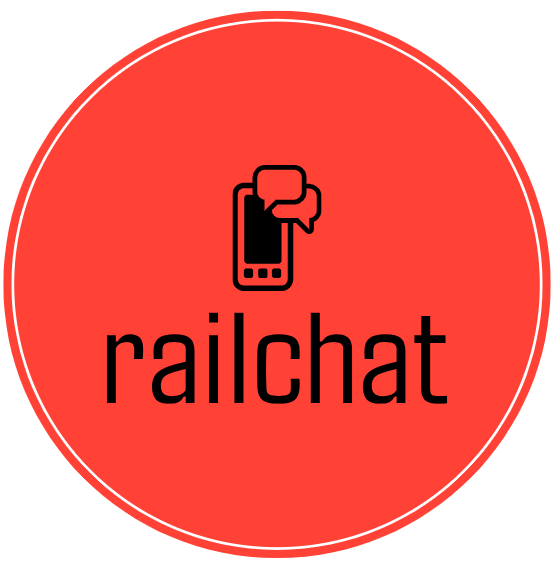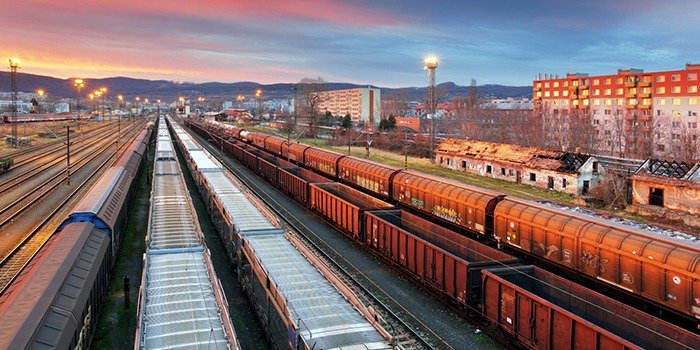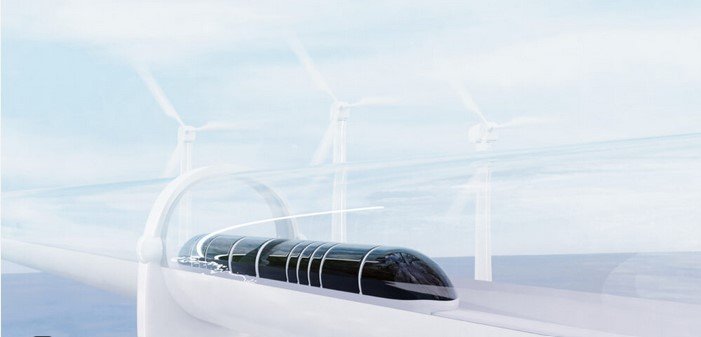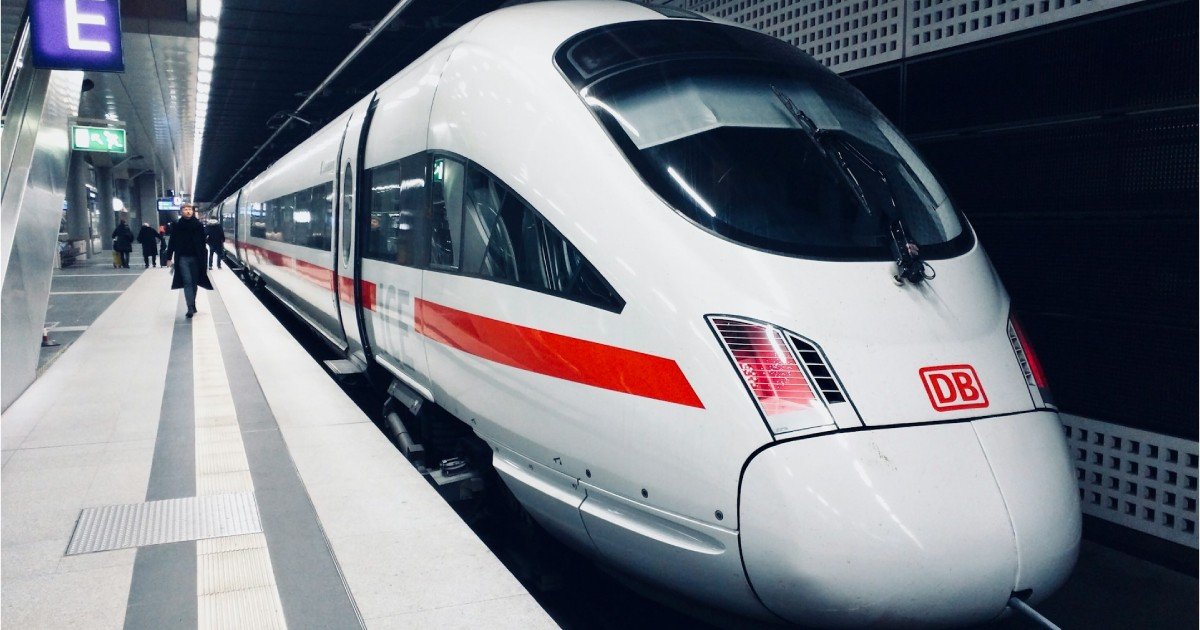Freight railroads have long been an essential part of the global logistics landscape, transporting goods across vast distances with efficiency and reliability. However, with the rise of e-commerce, rapid technological advancements, and the growing demand for sustainable transportation solutions, the freight rail industry is undergoing a significant transformation. Modernizing freight railroads is now a critical priority, as they must adapt to meet the evolving needs of global logistics in the 21st century.
In this article, we will explore how the freight railroad industry is embracing modernization, from the integration of advanced technologies to the implementation of environmentally friendly practices, all while addressing the ever-expanding demands of the global supply chain.
1. The Role of Technology in Freight Rail Modernization
As global trade continues to grow, the logistics industry is increasingly relying on technological innovations to streamline operations. Freight railroads are no exception. The modernization of freight rail systems is heavily influenced by advancements in technology, making them faster, more efficient, and more reliable than ever before.
Smart Rail Systems
One of the key technological advancements in freight rail is the implementation of smart rail systems. These systems integrate sensors, data analytics, and real-time monitoring to optimize train routes, detect potential issues, and ensure the smooth operation of freight transport.
For instance, automated signaling systems now enable trains to communicate directly with control centers, reducing the risk of delays and accidents. These systems also allow for more efficient scheduling, reducing wait times and improving overall throughput.
Autonomous Trains
Another exciting development in the freight rail sector is the rise of autonomous trains. Although still in the early stages, autonomous trains equipped with AI and machine learning can monitor their surroundings and make decisions without human intervention. This technology holds the promise of reducing operational costs, improving safety, and enhancing efficiency by enabling freight trains to operate round-the-clock without the need for breaks or crew changes.
Blockchain for Supply Chain Transparency
Blockchain technology is also making its way into the freight rail industry. By providing a secure, transparent, and immutable ledger, blockchain can improve tracking and documentation, ensuring that all parties involved in the supply chain—from manufacturers to freight carriers—have access to the same up-to-date information. This improves transparency, reduces fraud, and enhances accountability across the logistics process.
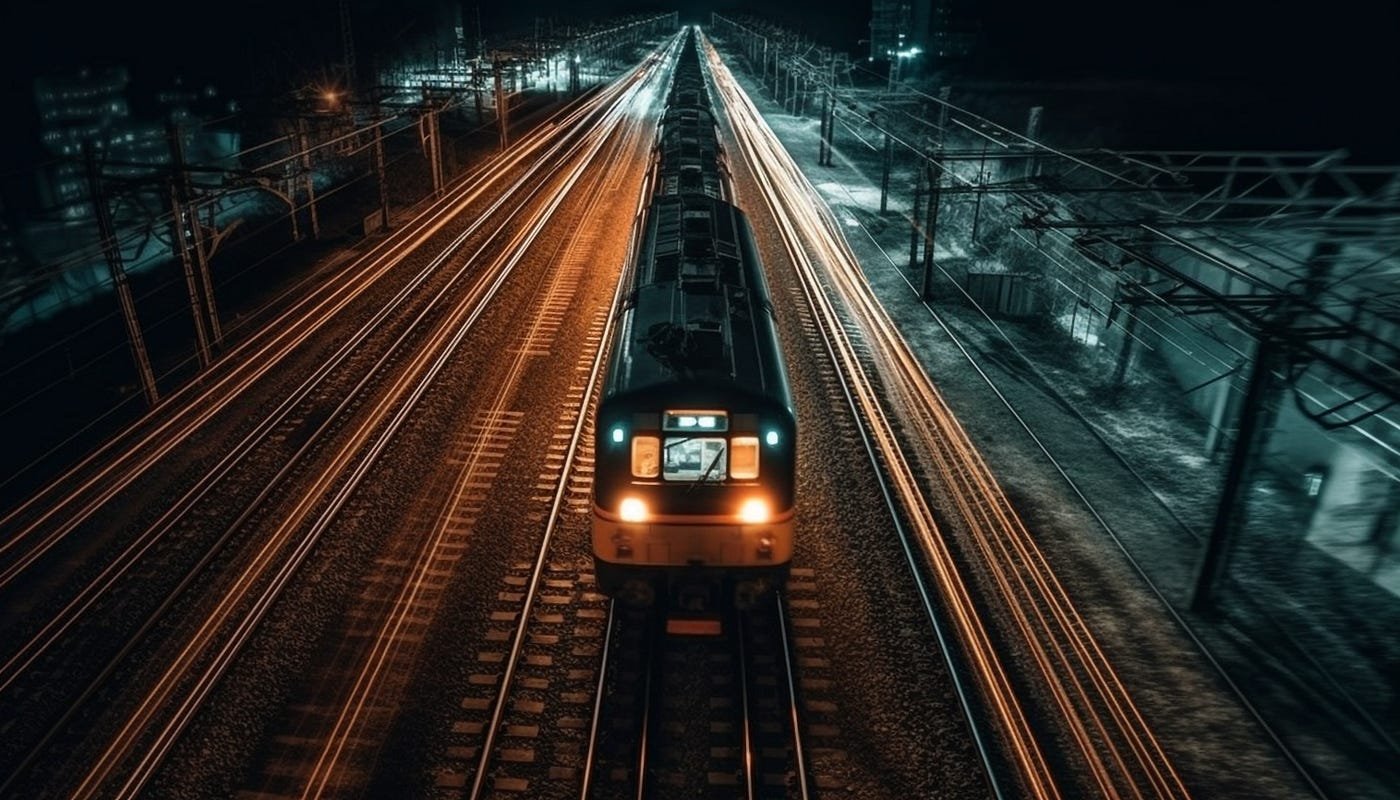
2. Sustainability: A Key Focus for Modern Freight Rail
As climate change and environmental sustainability continue to dominate global discussions, the freight rail industry is focusing on greener solutions. Modernizing freight railroads with sustainability in mind is not just a trend but a necessity to meet global logistics needs in an eco-conscious world.
Electrification of Rail Systems
One of the most effective ways to reduce the carbon footprint of freight transportation is the electrification of rail networks. Many countries are investing in electrified rail systems, which offer a cleaner alternative to diesel-powered locomotives. Electrified rail is not only more energy-efficient but also significantly reduces harmful emissions, contributing to the fight against climate change.
For example, the European Union has committed to expanding its electrified rail network as part of its Green Deal, aiming to reduce the carbon footprint of transportation by increasing rail freight’s share in the market.
Sustainable Railcars and Locomotives
In addition to electrification, modern freight rail companies are also upgrading their railcars and locomotives to be more energy-efficient and environmentally friendly. Newer locomotives, equipped with fuel-efficient engines and regenerative braking systems, use less fuel and produce fewer emissions compared to older models.
Moreover, the design of railcars has been optimized for better aerodynamics, reducing energy consumption and improving fuel efficiency during transportation.
Alternative Fuels
For rail lines that remain dependent on diesel locomotives, the industry is exploring alternative fuels such as natural gas, biofuels, and hydrogen. Hydrogen-powered locomotives, for instance, are being tested as a potential zero-emission solution for freight rail.
3. Enhancing Capacity and Efficiency
As the global demand for goods continues to grow, the pressure on the freight rail sector to increase capacity and reduce delivery times has never been greater. Modernizing freight rail systems helps meet these demands by optimizing existing infrastructure and implementing new strategies to increase efficiency.
High-Capacity Freight Trains
Increasing the capacity of freight trains is one of the primary ways the industry is improving efficiency. Double-stacked containers and longer trains are becoming more common in many parts of the world. These enhancements allow freight operators to transport more goods with fewer trains, reducing congestion and improving overall system efficiency.
Upgrading Rail Infrastructure
Upgrading existing rail infrastructure is also critical to supporting larger and faster trains. This includes reinforcing bridges, expanding tunnels, and modernizing tracks to accommodate high-capacity trains. In addition, dedicated freight corridors are being developed in various countries, ensuring that freight trains can operate more efficiently without interference from passenger services.
Intermodal Transport
The integration of intermodal transport—the seamless movement of goods using multiple modes of transportation—further enhances freight rail efficiency. Modernizing freight railroads involves improving the connectivity between rail networks, ports, and trucking routes, allowing for smoother transitions between different transportation methods. This reduces delays and increases the overall speed of the supply chain.
4. Addressing Safety and Security Challenges
Safety and security are always top priorities in the freight rail industry, especially as trains grow longer and carry more goods. Modernization efforts focus heavily on improving safety measures to prevent accidents, minimize risks, and ensure the secure movement of goods.
Advanced Safety Technologies
Freight railroads are incorporating advanced safety technologies such as positive train control (PTC), which automatically slows or stops trains if a potential collision is detected. PTC systems help prevent accidents caused by human error, and many countries, including the United States, have made it a regulatory requirement for freight rail operators.
Additionally, modern freight rail systems are incorporating real-time monitoring tools that track the health of both the trains and the tracks. Sensors embedded in railcars and track infrastructure can detect issues like overheating, broken rails, or excessive wear, alerting operators before problems escalate.
Cybersecurity
As freight rail systems become more digitally interconnected, the need for robust cybersecurity measures has grown. Modern freight railroads are investing in technologies to protect critical data and ensure the integrity of operations against cyber threats.
Conclusion
The modernization of freight railroads is essential for meeting the demands of global logistics in the 21st century. By embracing technological advancements, sustainability initiatives, and efficiency improvements, the freight rail industry is transforming itself to better serve the growing needs of the global economy. As the industry continues to innovate and evolve, we can expect even more remarkable advancements in the future, ensuring that freight rail remains a cornerstone of global supply chains for years to come.
